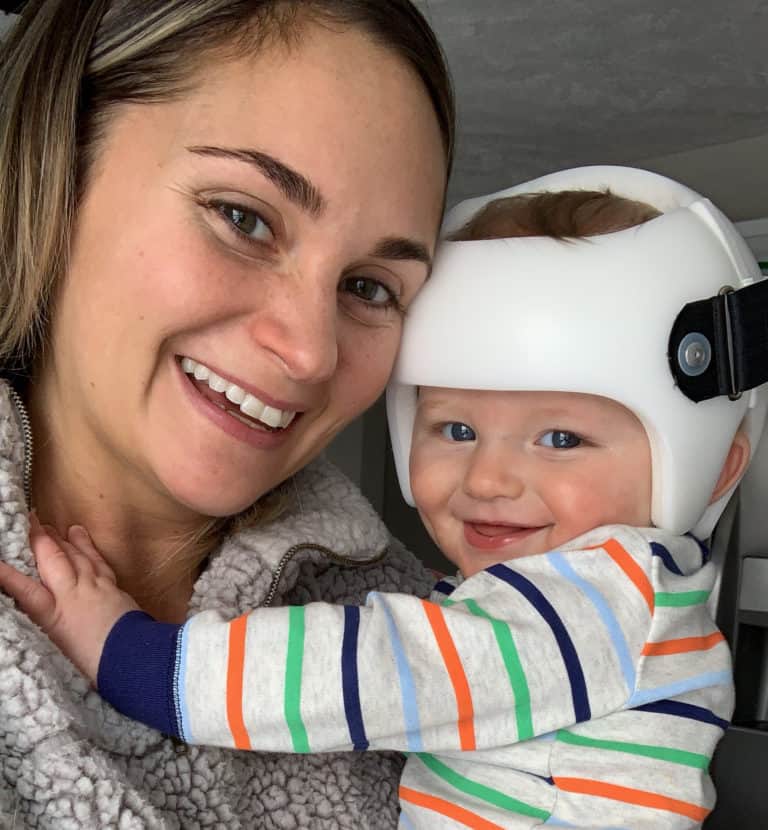
STARband—the most prescribed cranial remolding orthosis in the world
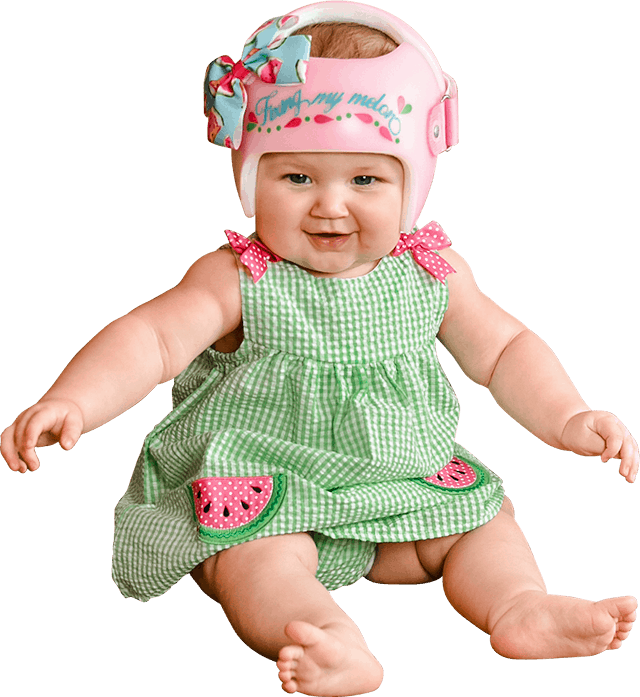
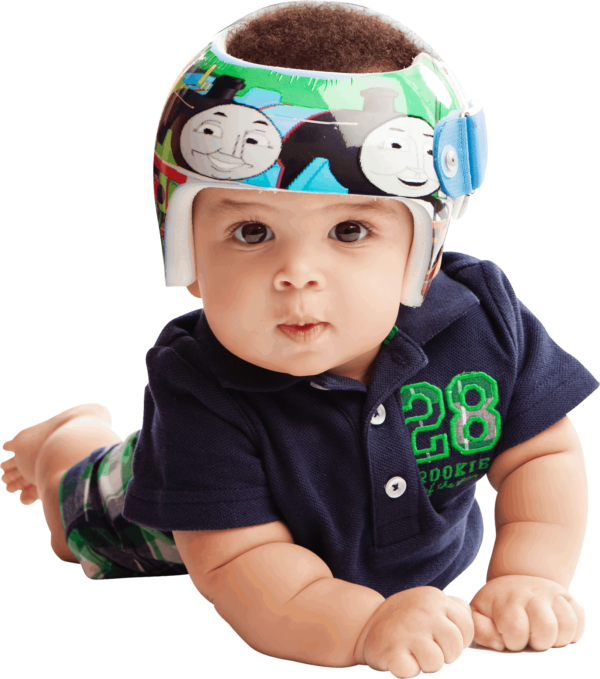
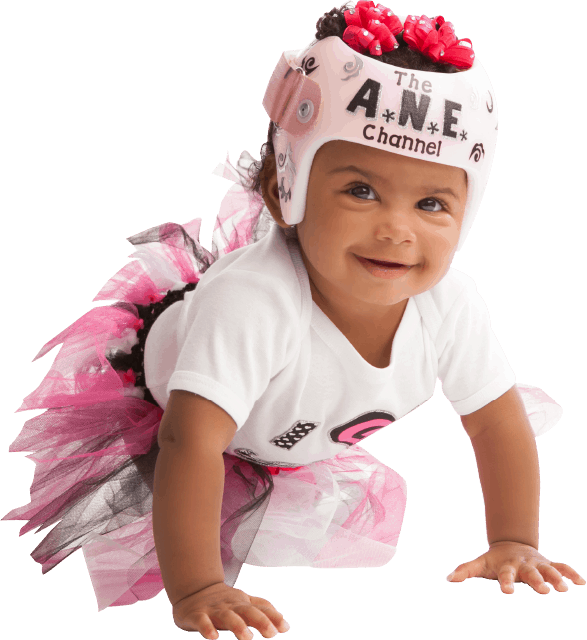



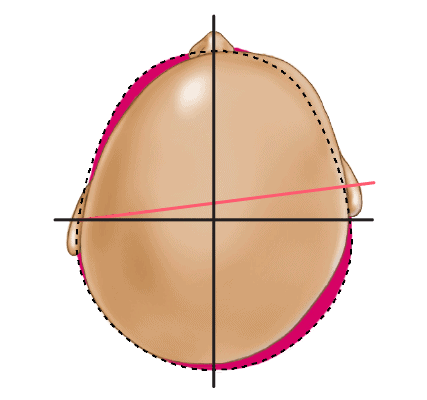
Use this guide to compare the shape of your baby's head to pictures of deformational plagiocephaly and brachycephaly.
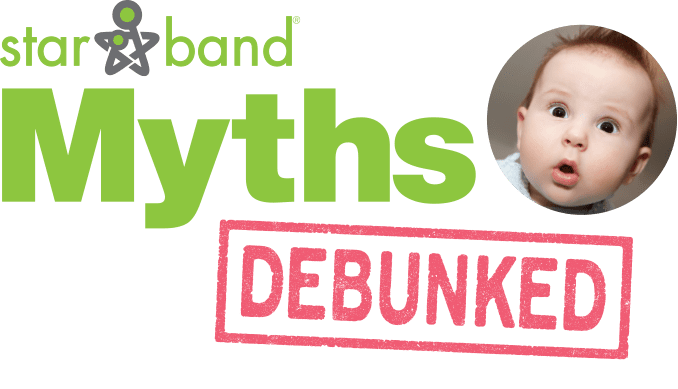
FACTS:
STARbands weigh between 6-10 ounces depending on specific patient characteristics.
STARbands are cleared by the FDA for treatment on babies ages 3–18 months.
Full coverage means full correction within a single orthosis!
FACTS:
Babies get used to their STARbands quickly! Following the full-time wear schedule reduces sweating.
STARbands are used successfully in all climates around the world.
FACTS:
Quite to the contrary! Greater than 98% of patients successfully complete STARband treatment in ONE band!
STARbands are modified to resist growth in the bossed areas and direct growth into the flattened areas on the baby’s head.
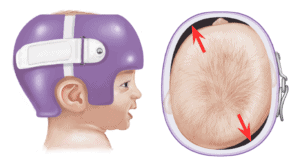
FACTS:
Most STARband clinicians provide free evaluations and initial scans. STARband treatment includes the cost of the evaluation, scans, delivery appointment, and all follow up visits.
STARband treatment is less expensive than other bands because greater than 98% of patients with deformational skull involvements complete treatment with only ONE orthosis.
FACTS:
Cranial remolding orthoses (CRO) are FDA cleared class II medical devices.
More than 600,000 STARbands have been provided since 1998 without a single reported incident of developmental delay or neck strain.
The orthosis encourages motor skills by providing a round surface.
FACTS:
The STARband corrects the cranial base and can improve the ear shift (Aihara et al 2014; Kim et al. 2013).*
FACTS:
STARband treatment has been supported by more than 40 independent publications for over 20 years!*
The STARband is defined as the gold standard for cranial remolding orthoses by clinicians and parents.
FACTS:
STARband clinicians are credentialed healthcare professionals with additional highly specialized training in cranial remolding orthotic treatment who also participate in ongoing continuing education programs.
FACTS:
Your STARband clinician will perform a complete evaluation of your baby’s head and discuss treatment options and goals with you and your physician.

The STARband treats moderate to severe deformities. CROs are not recommended for mild cases.
STARband clinicians have supported conservative treatment programs such as repositioning, tummy time and therapy as the first course of action for more than 20 years.
FACTS:
STARband is the most prescribed CRO worldwide!
Learn more about abnormal head shapes in babies.
Stories from families who shared their STARband journey.